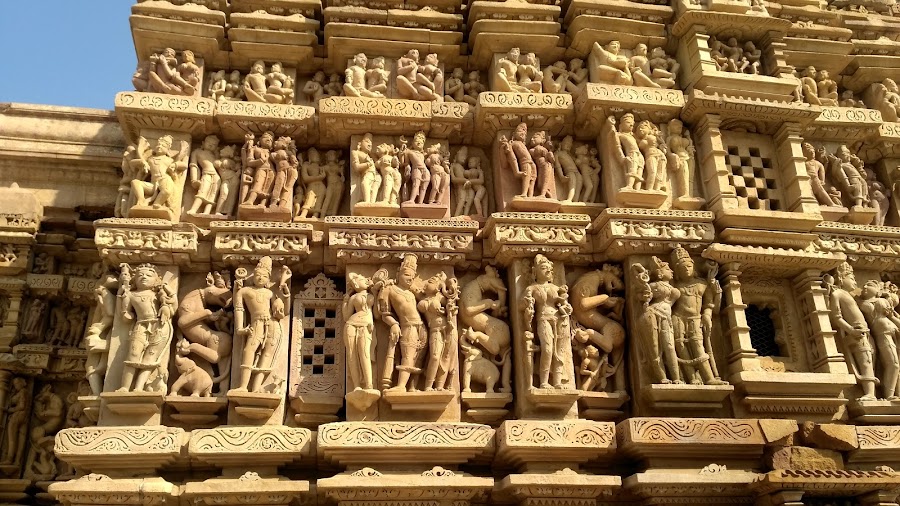
Shantinatha Temple
Khajuraho, India
- Admire the intricate carvings.
- Explore the smaller shrines.
- Learn about Jain Tirthankaras.
- Meditate in the peaceful atmosphere.
- Observe the idol of Lord Shantinatha.
- Take photographs of the sculptures.
Known for:
Description:
The Shantinatha Temple in Khajuraho is a significant Jain temple renowned for its intricate carvings and serene atmosphere. Dedicated to Lord Shantinatha, the 16th Jain Tirthankara, the temple showcases a blend of architectural styles. The outer walls are adorned with sculptures depicting various deities, celestial beings, and scenes from Jain mythology. Inside, a large idol of Lord Shantinatha dominates the sanctum. The temple complex also houses smaller shrines dedicated to other Jain figures. Its peaceful ambiance and artistic beauty make it a must-visit for those seeking spiritual solace and an appreciation for Jain art and architecture. Photography is usually allowed, enabling visitors to capture the temple's exquisite details. Remember to dress respectfully when visiting.
History:
The Shantinatha Temple, like other Jain temples in Khajuraho, was likely constructed during the Chandela dynasty's reign, between the 10th and 12th centuries. The Chandelas were known for their religious tolerance, fostering the development of both Hindu and Jain temples in the region. While the exact construction date remains debated, inscriptions and architectural styles suggest a similar timeframe to the more famous Hindu temples. The temple has undergone several renovations and additions over the centuries, reflecting evolving artistic and religious practices. These modifications have enriched the temple's architectural diversity and historical significance, making it a valuable site for understanding the region's cultural and religious heritage.